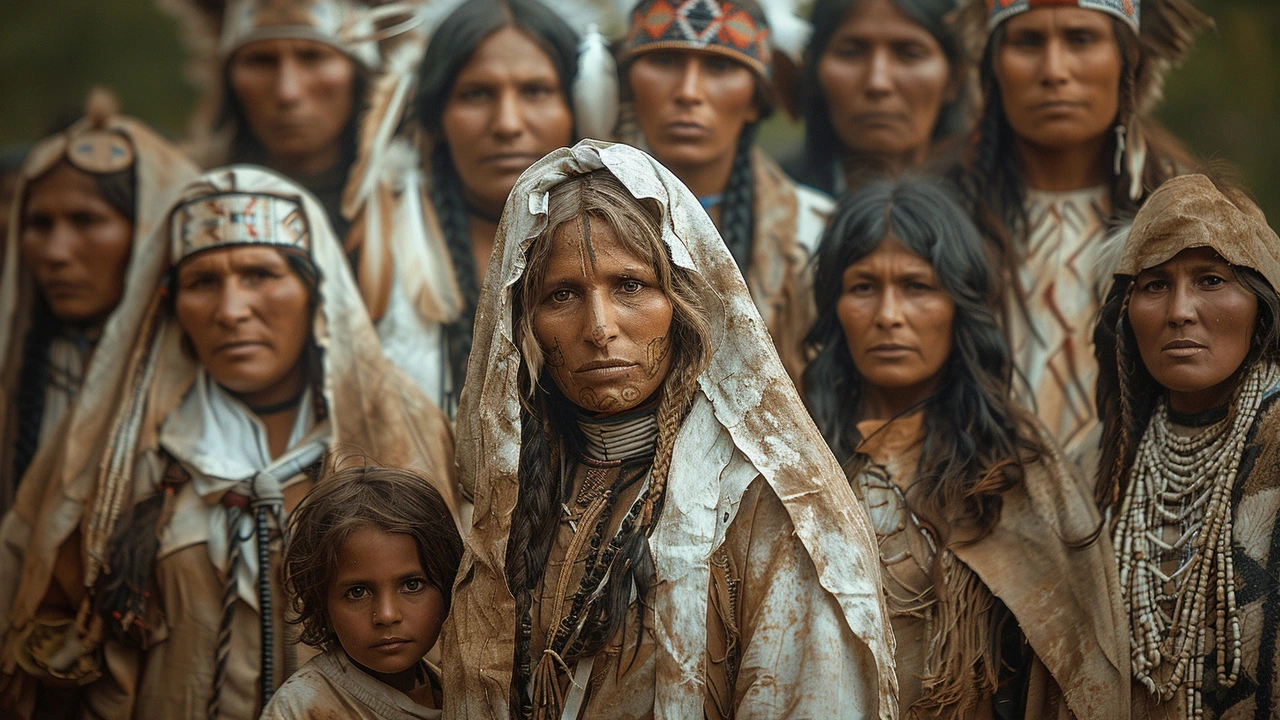The Kashmir Files: What It Is and Why People Talk About It
A movie can change how you see a bit of history. The Kashmir Files is a film that brought attention to the forced migration and killings of Kashmiri Pandits in the late 1980s and early 1990s. It mixes dramatic scenes with personal testimonies and aims to make a painful story visible. Many viewers left unsettled, and discussions about the film spread quickly across social media, news outlets, and everyday conversations.
What the film shows
The story focuses on families that lost loved ones and homes. It uses interviews, re-enactments, and archival footage to tell a narrative centered on victims’ experiences. That approach can hit you hard, which is why reactions vary from deep sympathy to debates about accuracy. Some praise the film for raising awareness. Others question whether dramatic choices lead to simplified or one-sided views of a complex conflict.
How to check facts and learn more
If you want the fuller picture, check more than one source. Look for academic articles, government reports, and independent investigations that give dates, numbers, and context. Read histories of Kashmir that cover politics, migrations, and local voices from different communities. Trusted newspapers and offices of human rights organizations often publish reports you can verify. When numbers differ, note who produced them and what methods were used to count victims or displaced families.
Watch for opinion pieces and think about the author’s angle. Filmmakers and commentators can have a purpose beyond strict reporting. That does not mean a story is false, but it helps to separate emotional truth from documented fact. Use timelines to track when events happened, and seek primary sources like interviews or official records when possible.
Talking about the film can upset people who lived the events or their families. If you discuss it with others, listen before you argue. Ask where they learned facts and whether they want to share personal memories. That makes conversations more honest and less performative.
Some viewers find the film a prompt to learn more. If that’s you, start with balanced histories and then read survivor accounts. Libraries, university websites, and human rights groups are good starting points. Also check reputable fact-checking services when a claim seems extreme or a number seems inconsistent.
If the film stirs strong feelings, take a break and talk to someone you trust. Graphic scenes can linger, and it helps to process them with another person or a counselor. For students or journalists, use the film as a starting point for research, not the final answer.
Bottom line: The Kashmir Files opened a door for many people to notice a painful chapter. Use it as an invitation to learn, ask questions, and find reliable sources. That way you can understand both the human stories and the wider history without relying on a single version of events.
If you want sources, try university libraries, human rights archives, and long-form journalism pieces that cite primary documents and interviews for context.




